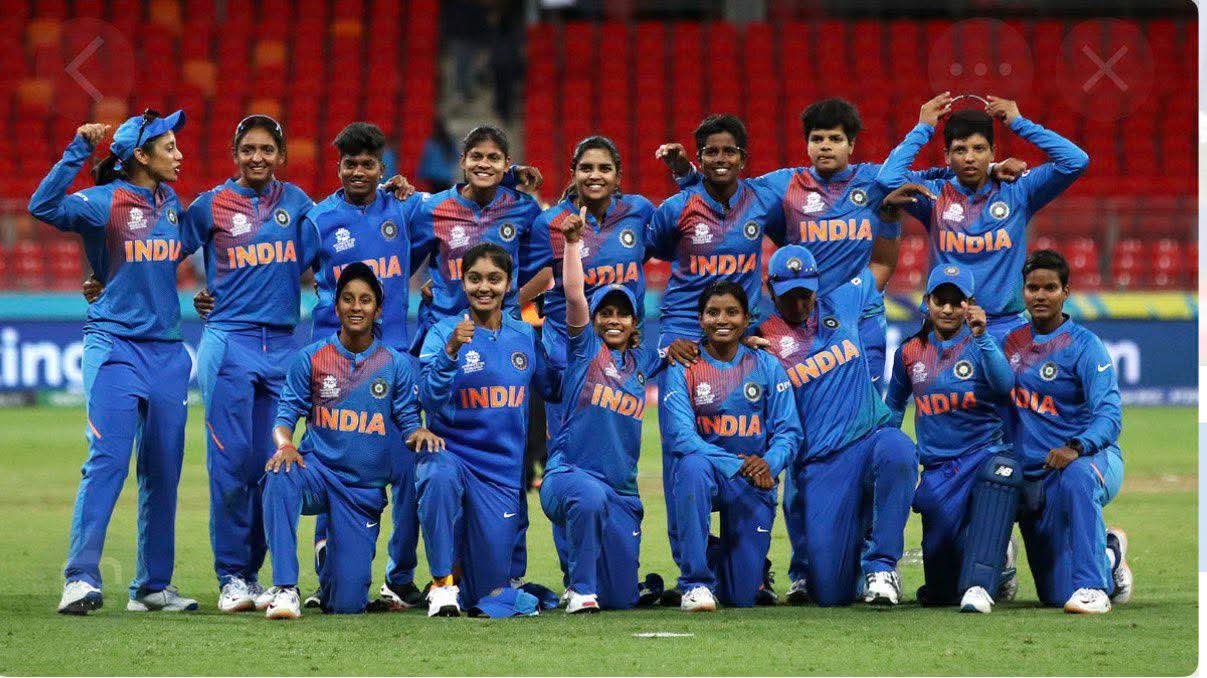The beauty of a woman is not defined by size, shape, or societal expectations. It is an evolving story of strength, confidence, and individuality. In a world that often imposes unrealistic standards, it’s time we celebrate the true diversity of women’s bodies. From curves to athleticism, from all ages to all skin tones—let’s embrace the beauty that comes in every form, and redefine what it means to be truly healthy and beautiful.
Women’s bodies have long been subject to myths and misconceptions that affect how society perceives them and how women perceive themselves. Here are some common myths versus truths:
Myth 1: Women should look a certain way to be healthy or attractive.
Truth: Women’s bodies come in all shapes and sizes, and health isn’t solely determined by appearance. Cultural standards of beauty often don’t reflect biological diversity. Fitness and well-being depend on lifestyle choices, genetics, and mental health—not just weight or looks.
Myth 2: Women’s bodies stop changing after puberty.
Truth: Women’s bodies evolve throughout life. Hormonal changes during pregnancy, menopause, or other stages significantly affect the body’s structure, weight distribution, and overall health. Aging is natural, not something to “fix.”
Myth 3: Women are naturally weaker than men.
Truth: While men and women have different biological strengths, women are not inherently “weaker.” Women’s endurance, pain tolerance, and resilience often surpass men’s. For example, women’s bodies are designed to sustain pregnancy and childbirth.
Myth 4: PMS (Premenstrual Syndrome) is just an excuse for moodiness.
Truth: PMS is a real medical condition caused by hormonal fluctuations before menstruation. Symptoms like mood swings, fatigue, and cramps vary in intensity but are valid physical and emotional experiences.
Myth 5: Breast size indicates fertility or milk production.
Truth: Breast size has no connection to fertility or a woman’s ability to produce milk. Milk production depends on the glandular tissue in the breasts and hormonal signals, not size.
Myth 6: Women shouldn’t lift heavy weights—it makes them “bulky.”
Truth: Strength training doesn’t lead to bulkiness in most women because they have lower testosterone levels than men. Instead, it helps build muscle, improve bone density, and enhance overall health.
Myth 7: Women over 35 can’t conceive naturally.
Truth: While fertility declines with age, many women over 35 conceive naturally. Advances in reproductive healthcare also offer solutions for women facing age-related challenges.
Myth 8: Women need to diet constantly to stay healthy.
Truth: Health is about balanced nutrition, exercise, and mental well-being—not restrictive diets. Constant dieting can harm metabolism, mental health, and overall life quality.
Myth 9: Menopause means the end of an active life.
Truth: Menopause is a transition, not an end. Many women find this phase empowering, embracing new goals and lifestyles. Proper healthcare and lifestyle adjustments can alleviate symptoms and maintain vitality.
Myth 10: Stretch marks and cellulite are abnormal.
Truth: Stretch marks and cellulite are completely normal. They are natural features of skin, caused by genetics, hormonal changes, and weight fluctuations.
Debunking these myths helps promote healthier self-images and fosters a society that values diversity and authenticity in women’s experiences.












